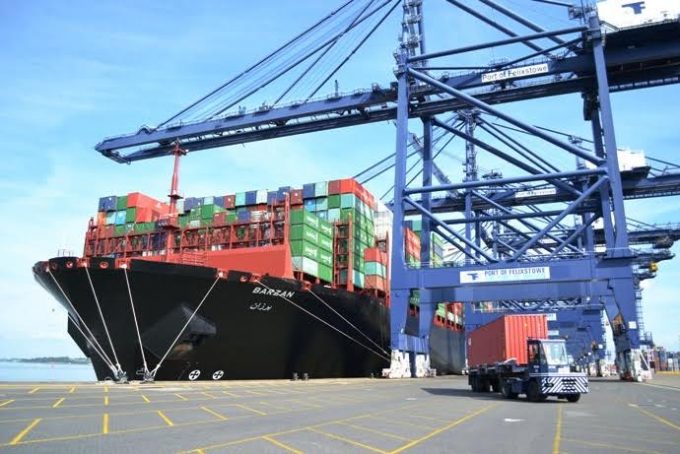Gemini drops Felixstowe for London Gateway on Asia-Europe strings
With just 10 weeks until the Gemini Cooperation formally begins sailings – and two weeks ...

Adverse weather at the UK’s biggest container port, Felixstowe, caused more disruption last week, and the resulting congestion prompted UASC to commit its next four ultra-large container vessels to London Gateway.
The knock-on effect of berthing and landside delays has resulted in planned operational changes at the UK east coast port this week and obliged shipping lines to order some vessels to ‘cut and run’ – leaving export cargo on the quayside.
Due to berth congestion COSCO UK said its 13,386 teu COSCO Italy ...
'Disastrous' DSV-Schenker merger would 'disrupt European haulage market'
New senior management for DSV as it readies for DB Schenker takeover
Volumes set to 'fall off a cliff' as US firms hit the brakes on sourcing and bookings
Amazon pushes into LTL for small package fulfilment and UPS does a u-turn
Asian exporters scramble for ships and boxes to beat 90-day tariff pause
Temporary tariff relief brings on early transpacific peak season
'Tariff madness' will prompt renegotiation of ocean shipping contracts
Pre-tariff rush of goods from US to China sees air rates soar, but not for long

Comment on this article